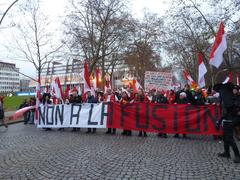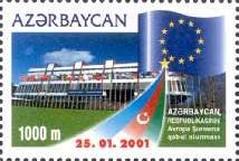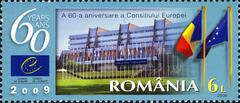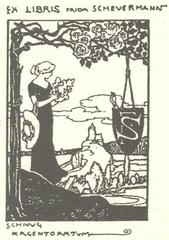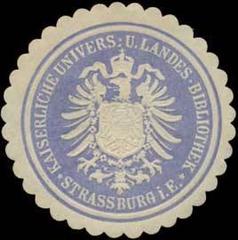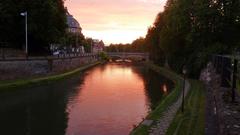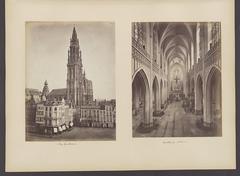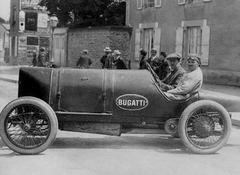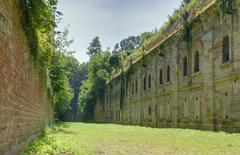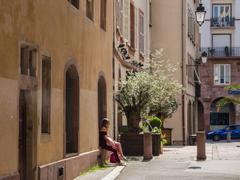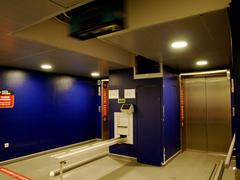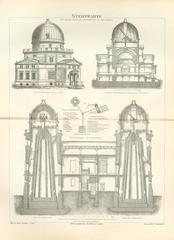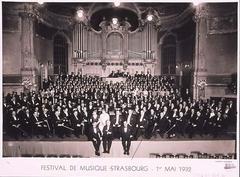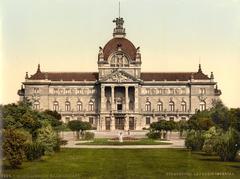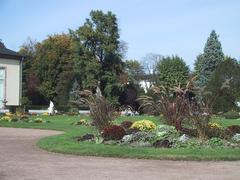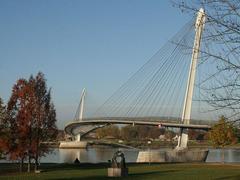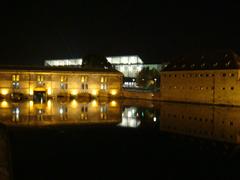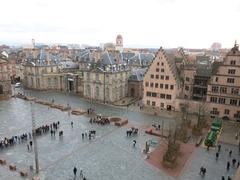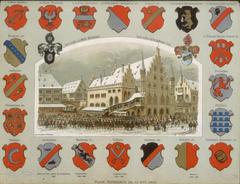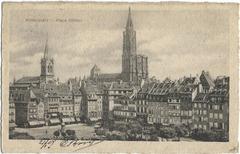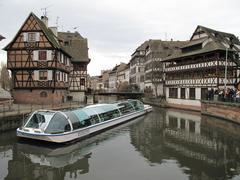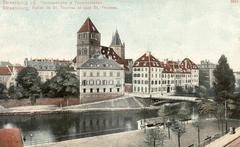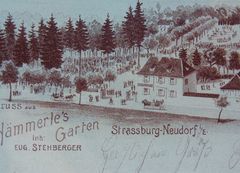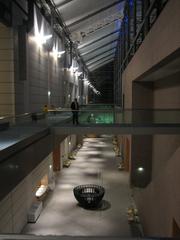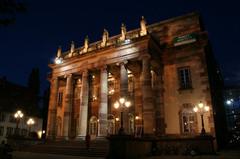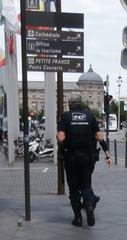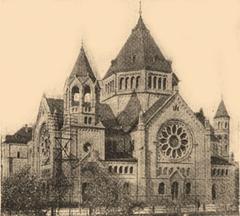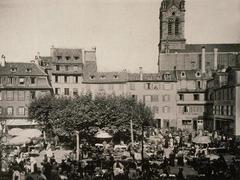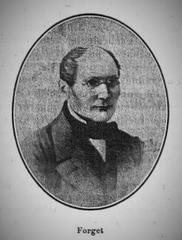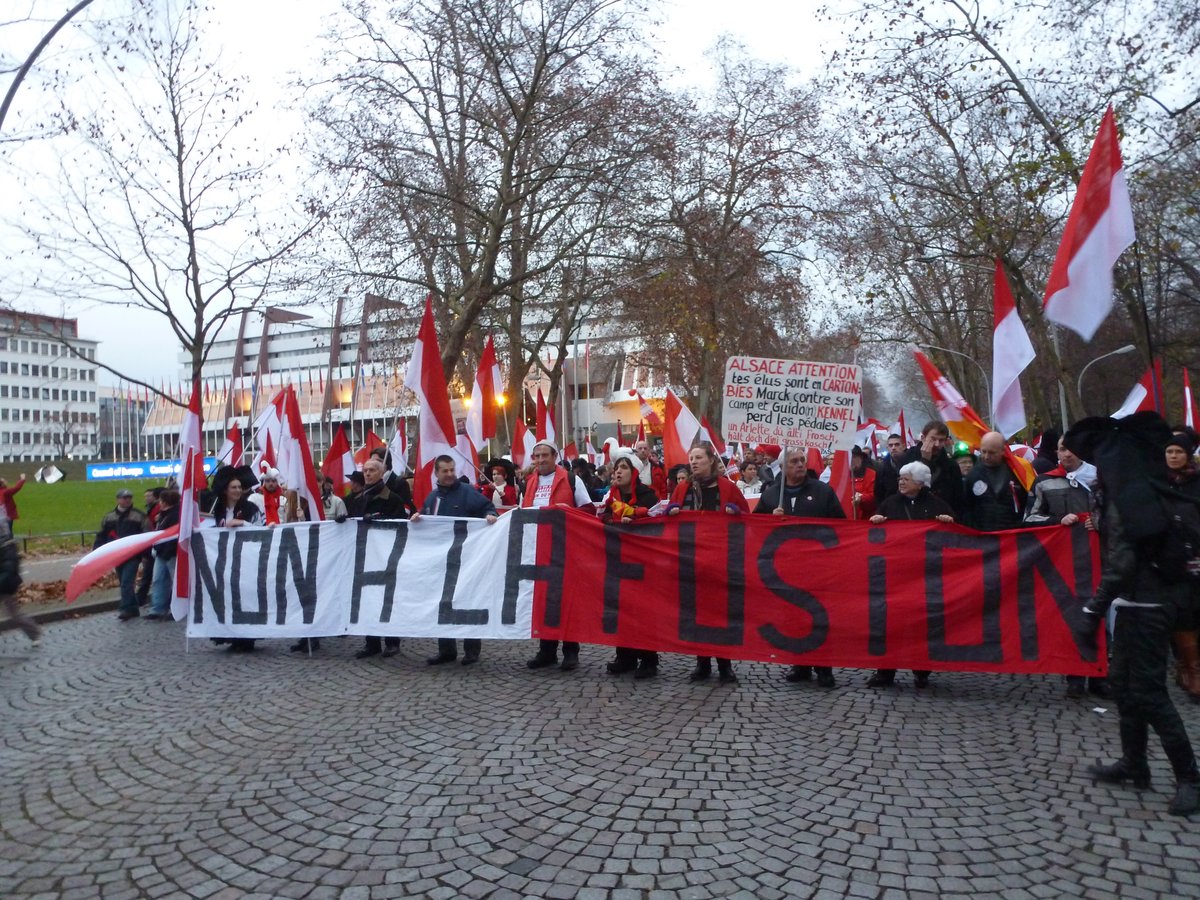
Palace of Europe Strasbourg: Visiting Hours, Tickets, and Historical Significance
Date: 14/06/2025
Introduction
The Palace of Europe (Palais de l’Europe) in Strasbourg is a cornerstone of European unity and diplomacy. As the principal headquarters of the Council of Europe, it represents the continent’s post-war reconciliation and ongoing commitment to democracy, human rights, and the rule of law. Set in Strasbourg’s European Quarter, this architectural landmark is both a symbol and an active center of international cooperation, making it a must-see for visitors interested in European history, politics, and culture. This guide details everything you need to know about visiting the Palace of Europe, including its history, institutional significance, visiting hours, ticketing, guided tours, accessibility, and nearby attractions.
For the latest updates and official visitor information, refer to the Council of Europe’s official website and Visit Strasbourg.
Table of Contents
- Introduction
- Historical Development of the Palace of Europe
- Institutional Significance
- Visiting the Palace of Europe
- Frequently Asked Questions (FAQ)
- Conclusion
- References and Useful Links
Historical Development of the Palace of Europe
Origins and Early Years
The Council of Europe was founded in Strasbourg in 1949 as a response to the devastation of World War II, with a mission to promote unity, democracy, and human rights across Europe. In its early years, the Council convened in provisional locations, such as the Palais Universitaire and the temporary Maison de l’Europe (Wikipedia; Strasbourg.eu). As the Council’s scope expanded, the need for a purpose-built headquarters became evident, leading to the construction of the Palace of Europe on the site of the former Maison de l’Europe (Wikipedia).
Architectural Vision and Construction
Designed by renowned architect Henry Bernard, the Palace of Europe was inaugurated in 1977. Its bold modernist style, characterized by geometric lines, extensive glass, and contrasting materials, embodies ideals of transparency, openness, and unity. The building stands 38 meters high, spans 106 meters on each side, and houses over 100 offices, 17 meeting rooms, and the iconic hemicycle used for Parliamentary Assembly sessions (Council of Europe; Wikipedia). The location, surrounded by the flags of 46 member states, visually underscores its pan-European mission (Strasbourg Europe).
Evolution of the European Quarter
The Palace’s construction marked the birth of Strasbourg’s European Quarter, now home to other major institutions like the European Parliament and the European Court of Human Rights. The district features diverse architecture and green spaces, notably the adjacent Parc de l’Orangerie, providing a unique blend of diplomacy, history, and culture (Strasbourg.eu; Council of Europe).
Institutional Significance
The Council of Europe: Mission and Membership
Distinct from the European Union, the Council of Europe is Europe’s largest intergovernmental organization, representing over 700 million citizens across 46 member states (Visit Strasbourg). Membership requires adherence to key values, including human rights, democracy, and the abolition of the death penalty (Council of Europe). The Palace of Europe hosts the Parliamentary Assembly, Committee of Ministers, and the Secretariat, functioning as the operational heart of the organization (Wikipedia).
Symbolism and Strasbourg’s International Profile
The Palace’s design—with its open spaces and transparent façade—mirrors the Council’s commitment to dialogue and cooperation. The daily display of member state flags highlights Europe’s diversity and shared aspirations (Council of Europe). Strasbourg’s selection as host city reflects its unique Franco-German history and its role as a bridge between nations, reinforcing its status as a European diplomatic capital (Strasbourg Europe).
Visiting the Palace of Europe
Visiting Hours
The Palace of Europe is open for guided group visits on weekdays, usually from 9:00 am to 5:00 pm. All tours must be booked in advance, with a minimum group size of 15. While individual visitors are not permitted inside, the surrounding European Quarter and the building’s forecourt are accessible to all (Council of Europe On-site Guided Tours).
Tickets and Guided Tours
Admission to the Palace is free, but strictly by reservation. Guided tours are offered in English, French, and German and typically last 60–90 minutes. Tours include an introduction to the Council’s mission, a walkthrough of the public areas, and—subject to availability—a visit to the hemicycle (strasbourg-europe.eu).
- Individuals: Pre-register by phone at +33 (0)3 90 21 49 40.
- Groups: Book via +33 (0)3 88 41 20 29 or email [email protected].
Accessibility and Visitor Tips
The Palace is fully wheelchair accessible, with ramps, elevators, and accessible restrooms. All visitors must present valid ID, pass through security screening, and comply with the Council’s visitor regulations. Photography is permitted in outdoor and public areas but restricted in sensitive zones. Smart casual attire is recommended (strasbourg-europe.eu; strassburg.eu).
Nearby Attractions
- Parc de l’Orangerie: Adjacent to the Palace, Strasbourg’s oldest park.
- European Parliament & European Court of Human Rights: Both offer their own guided tours (visiting.europarl.europa.eu).
- Grande Île, Strasbourg Cathedral, Petite France: UNESCO-listed historic sites a short tram ride away (Visit Strasbourg).
Special Events and Public Engagement
The Council of Europe regularly hosts exhibitions, seminars, and educational programs. Check the Council of Europe’s event calendar and Strasbourg tourism portals for current events.
Frequently Asked Questions (FAQ)
Q: What are the Palace of Europe visiting hours?
A: Guided group visits are available Monday to Friday, typically from 9:00 am to 5:00 pm. Advance booking is required.
Q: Is entry free?
A: Yes, guided tours are free but require prior reservation.
Q: Can I visit the hemicycle?
A: The hemicycle is included in most guided tours, subject to parliamentary sessions.
Q: Are individual visitors allowed inside?
A: Only organized groups with advance reservations may enter.
Q: Is the Palace accessible for wheelchair users?
A: Yes, the building is fully accessible.
Q: How do I get there?
A: The Palace is accessible by tram (lines E and B, “Droits de l’Homme” stop), bus, or taxi. Limited parking is available.
Q: Are tours available in multiple languages?
A: Yes, tours are offered in English, French, and German.
Conclusion
The Palace of Europe is both a living institution and a powerful emblem of the continent’s dedication to unity, democracy, and human rights. Visitors who explore the Palace through guided tours gain unique insights into the work of the Council of Europe and European diplomacy. Surrounded by other significant institutions and beautiful parks, a visit to the Palace of Europe is an essential component of any Strasbourg itinerary.
Plan your visit in advance, respect security protocols, and consider exploring other nearby European institutions and historical sites to enrich your understanding of Strasbourg’s international role. For the latest updates and visitor information, always consult the Council of Europe’s visitor services and Strasbourg’s tourism website.
Visual Highlights
Alt: Exterior view of the Palace of Europe, Strasbourg
Alt: Hemicycle debating chamber inside the Palace of Europe
Explore a Virtual Tour of the Palace of Europe
Useful Links
- Council of Europe Visitor Information
- Council of Europe Official Website
- European Institutions in Strasbourg
- European Parliament Visitor Services
References
- Palais de l’Europe, Wikipedia
- Palais de l’Europe, Strasbourg.eu
- Headquarters and Offices, Council of Europe
- The Council of Europe Strasbourg, Visit Strasbourg
- Visiter les Institutions, Strasbourg Europe
- European Quarter of Strasbourg, Strasbourg Europe
- Council of Europe On-site Guided Tours, Council of Europe
- European Parliament Visitor Services, European Parliament
- Strasbourg Historical Sites and Attractions, Visit Strasbourg
- European Institutions in Strasbourg, Strasbourg Europe
